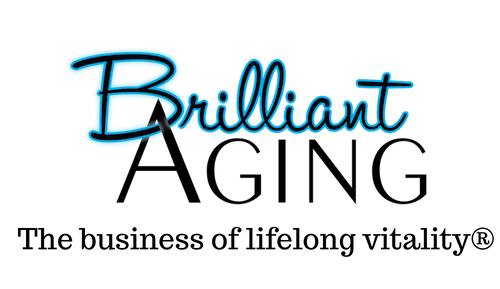Small Choices Can Tip The Wellness Scale
In my last post I talked about preventing a health setback from becoming a new health setpoint. It’s March, and by now you’re either hitting your stride as you move towards your New Year’s goals or have stumbled into the ditch along the way. If you’re a little off track – so what? Just like focusing on recovering fully from a health setback, it’s important to reset your goals and get back into the game!
I know from experience that there’s often a gap between best intentions and actions, which makes it very difficult to form new habits. That’s why baby steps and small achievable goals are the clearest path to making desired changes.
Consider identifying small changes you could make consistently for just one week. If, for example, your goal is to improve your overall health, focus on supporting one or two dimensions of wellness (physical, social, emotional, spiritual, vocational) at a time.
Small Choices Can Tip the Scale
Visualize a simple two-sided wellness scale. One side contains the small choices you make throughout the day that would be considered wellness “deposits” in various dimensions.
For example, taking the stairs instead of the elevator (physical), calling a friend to chat about something positive, laugh, connect (social), expanding your mind with something intriguing or uplifting (intellectual), taking a moment to give thanks for your blessings, large and small (emotional), contemplating the miracle of nature (spiritual), embracing a new challenge at work or as a hobby (vocational).
The other side contains the small choices you make that would be considered wellness “withdrawals.” Things like sitting for hours at work and then going home to sit in front of the TV, engaging in social media posts that vilify others for their beliefs, calling a friend to complain about your life, etc.; you get the idea!
Tune in to Deposits vs Withdrawals
Consciously tune in to how certain interactions, events, thoughts, or actions make you feel – what I call the “emotional residue” – to determine whether it belongs on the deposit or withdrawal side of your wellness scale.
Some interactions we can control, some we can’t, but either way, visualize them stacking on one side or the other to see which way the scale is tipping. Then identify the things you can control and make a conscious effort to make positive wellness deposits.
Prompts and Baby Steps
One part of positive change is adopting new habits. If you haven’t had much luck getting to the gym so far this year, consider adding some baby steps. For example, identify a particular trigger to prompt you to engage physically.
Consider standing up when you answer the phone, or performing small physical activity every hour on the hour – things like chair “crunches” (pretend you have a big sponge behind your low back and you’re squashing it flat against the chair back by contracting your abdominals), or ankle flexions, circles, toe points as shown in this Ankle Flexion Video:
Attach these small deposits to something that happens regularly, and you’ll be surprised how much activity you can accumulate during a normal day! Visit Brilliant Aging for more small deposits you can make to your wellbeing.
Releasing Negative Habits
Another part of positive change is to kick negative habits to the curb. It’s very easy to get stuck in patterns and habits that don’t serve you well. If you’re in a habit of focusing on problems or negative interactions throughout the day and venting them to a friend later – stop and consider what part of those experiences you could change.
Could you choose not to engage with a particularly difficult person or event? Could you identify some positive experiences throughout the day and make a point of sharing those with a friend? Don’t be surprised if you realize that some relationships have formed primarily over shared negative drama! As your perspective changes, these relationships will either change with you – or fall away.
Balance the Scale
If your scale is weighing heavily on the negative side, identify things that consistently appear on that side of the scale. Do interactions with certain people or situations often leave you feeling frustrated, angry, or righteously indignant. Can you actively avoid those interactions?
If you can’t totally avoid them, can you change the way you respond to the person or situation in order to minimize the negative impact? One strategy is to consciously seek out positive thoughts, attitudes, and interactions to help balance the scales. Often convenience and habit are responsible for many wellness “withdrawals,” and it takes some thought and effort to begin the shift.
Positive change doesn’t have to happen in big radical swings. It’s a balancing act between breaking habits that diminish well-being, and seeking opportunities and interactions that help you feel healthier, more joyful, and more connected.
Is there a New Year’s goal that you would like to re-boot? Is there a habit or relationship that makes you feel drained rather than sustained? What small changes could you make to change this habit or shift this relationship to the positive side of the wellness scale?
Let's Have a Conversation!

